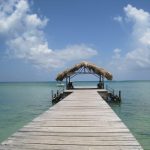Memories of Portugal’s Picturesque Alentejo
Written by Jaillan Yehia
Mention Portugal and its Lisbon that’s on everybody’s lips, occasionally the Algarve and possibly Porto.
The hilltop towns, cork farms and deserted beaches of the Alentejo are a mystery to most – they’re the most magical part of Portugal that you’ve never heard of.
These are my most treasured memories of the Alentejo…
I’m driving down one of those big, wide, freshly tarmacked motorways that’s so new my Sat Nav doesn’t know it exists. Neither does anyone else by the looks of things – I’m in practically the only vehicle around.
It’s lunchtime and I’ve been in Portugal long enough to know that a great restaurant is where you need to be come 1 pm. That goes double if you’re in the middle of nowhere, which the entire Alentejo region happily is.
I’m a stone’s throw from a vast sandy stretch of the Portuguese coast so I’ve set my sights on finding the perfect spot to tuck into the catch of the day. As the road forks I instinctively follow the path as it winds beachwards, and soon enough discover where all the traffic is – in the car park of Kalux and Co. a deceptively simple beach cafe (if I was in Greece I’d be calling it a taverna) – where I settle in for another of the long, languorous and indulgent lunches that seem to define holidays in Portugal.
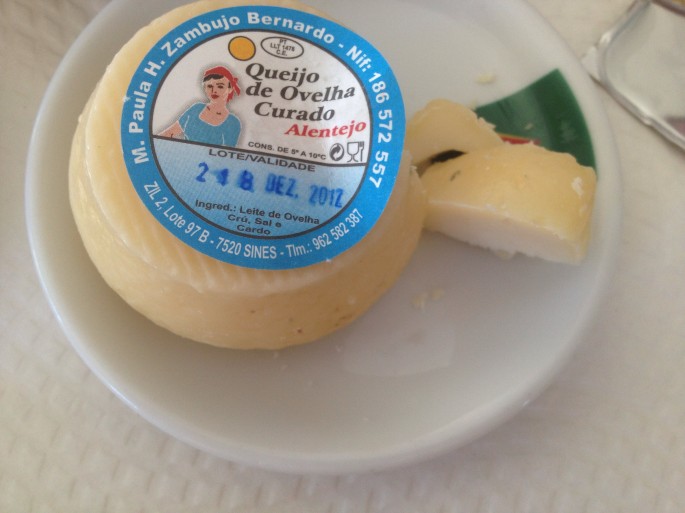
Alentejan Cheese
Olives, local quijo and pão (cheese and bread) provide a hearty pre-starter snack – slow food is very much a way of life here – and as a wine producing region small bottles are easier to come by than single glasses, decimating the chances of anything happening quickly come afternoon.
It’s for this pace of life as well as scenic drives through arid and dusty roads past vast fields of cork trees, and for world heritage towns and whitewashed villages, that I’ve come to this hidden part of Portugal.
After a straightforward drive from Lisbon my first stop is the UNESCO Site of Evora – capital of the Alentejo’s Alto region. Inside the Roman fortifications, which keep 21st Century life firmly at bay, I feel the closest I’ve ever been to colonial Central America on European soil.
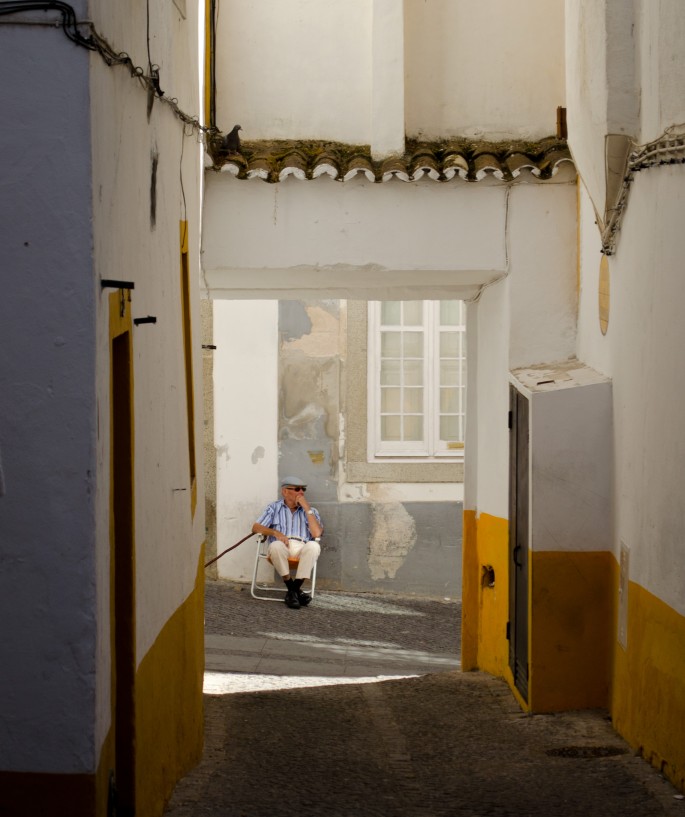
Evora
It’s hard to tell where the bright yellow stripes of each building end and the scorching light of the sun’s rays begin, so after ducking into a shady spot for Portuguese-style tapas, I step out into the less intense afternoon heat to explore the cobbled streets, manicured gardens, palaces and galleries of the town.
Farther into the hinterland the town of Alvalade is tonight hosting one of Portugal’s celebrated medieval festivals. For three days this entire town is dressed in straw bales and hessian, with wenches eating food fresh from the fire, while menfolk with swords quaff ale from terracotta tankards. If there’s a more authentic and enthusiastic place to re-live the Middle Ages I can’t imagine it, so I join the party as a band of minstrels play into the night.
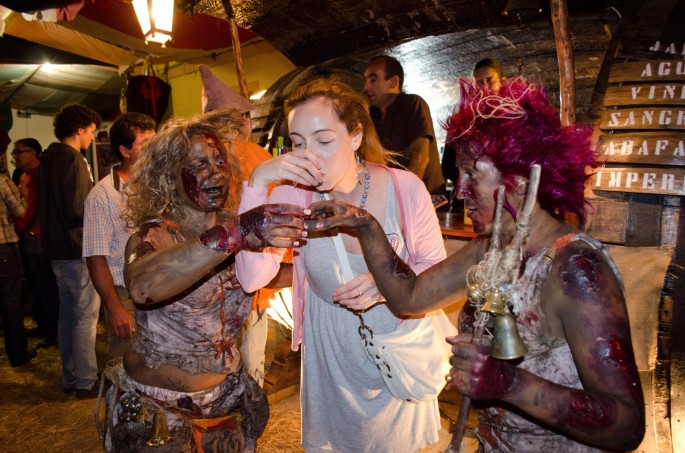
Drinking with the wenches
Next day ye olde hangover is washed away at the beach – or in this case beaches; the town of Vila Nova de Milfontes is in a prime position on the Alentejan coast between the deservedly popular Zambujeira do Mar and the River Mira’s collection of beaches and inlets, each with its own character though all with matching rugged cliffs as a backdrop, and perfect sand underfoot.
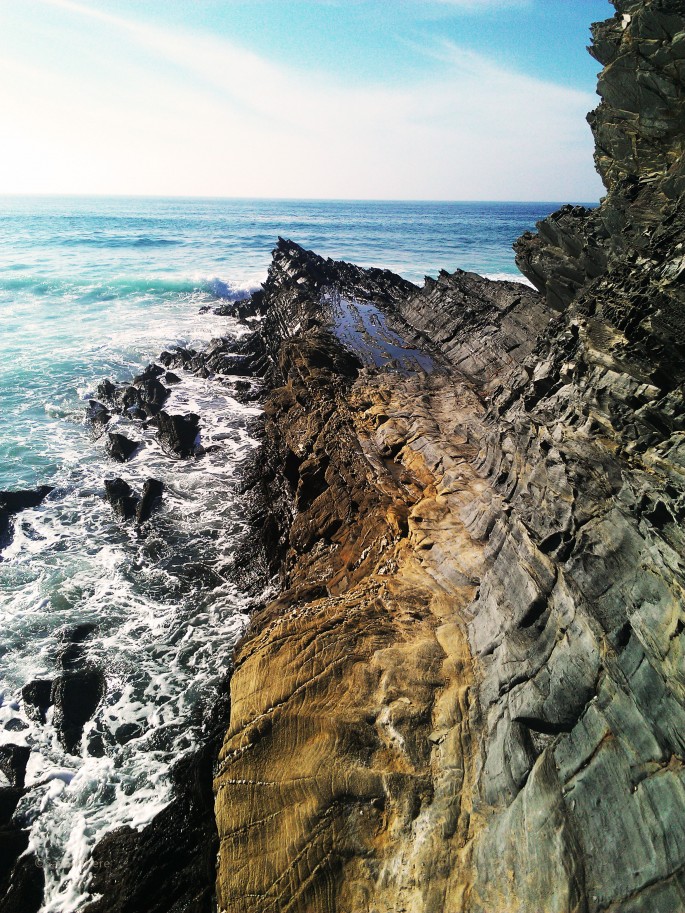
The Alentejo’s beaches
The town is perfectly set up for surfers and sunbathers without a hint of resortyness; it’s a simple place with seaside rhythms of days spent in the water and evenings in the open air, quickly merging into one long salty memory once it’s time to move on.
Driving back to the airport I’m reluctant for these straw-hued vistas of cattle, cliffs and cork trees to give way to motorway but this time the Sat Nav knows just where we’re going; the adventure is well and truly over. Even if I do have the ultimate welcome us back to Lisbon – Christ The Redeemer ushers me back to city life with open arms.
Tags: Portugal
Trackback from your site.




